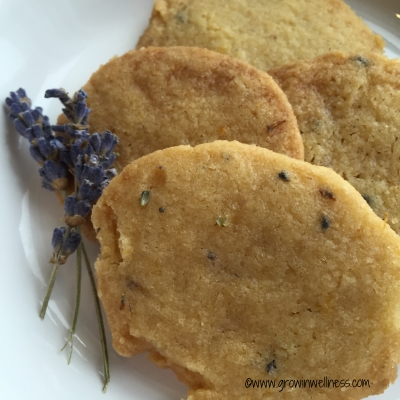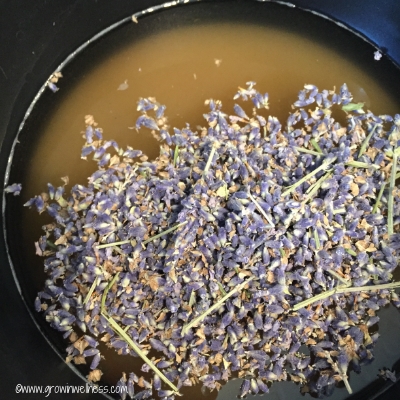Lavender in the Kitchen
Healthy eating can sometimes have the reputation of being ‘not-so-tasty’, but healthy eating does not have to be boring or bland. Transitioning from the bevy of processed foods (laden with salt, sugar and fat) to wholesome, from-the-earth foods can sometimes leave us to wonder if there is more to eating than just learning to like the strong taste of kale. The processed food companies have hijacked our taste buds to think that salt, sugar and fat are the flavors our bodies are looking for, but Mother Nature provides far more satisfying and complex flavors for us. You just need to step out of the box a little and experiment with a little creativity sometimes.
You can do that by using familiar spices like cinnamon and red pepper flakes. You can even add less familiar flavors like turmeric and maca, but have you introduced your taste buds to lavender? You might be thinking that lavender only belongs in soaps and lotions, or aromatherapy oils, but lavender is becoming a new star in the world of food flavors.
Lavender is typically known as a fragrance for soap or for the relaxing properties that help you reduce stress, improve sleep, tame headaches and as fragrance for other body products. It has also been widely used in food for decades and is one of the ingredients in the French spice blend called “herbs de Provence”. Cooking with lavender adds a slight sweetness and fragrance to your food. Primarily used in baked goods, you can also use lavender on its own to flavor drinks, fruits, cheese and dairy products and it can be mixed with salt and lemon as a flavor for grilled chicken. Culinary lavender has health benefits as well. "The polyphenols (a type of antioxidant) in lavender can help reduce the 'bad' bacteria in your gut," says Christine Gerbstadt, M.D., author of "Doctor's Detox Diet" and spokesperson for the Academy of Nutrition and Dietetics.
Ready to try a few lavender recipes? There are a few things you need to know about lavender before you start to cook with it:
· Quality is crucial. Do not eat flowers from florists, nurseries, etc. – treated with pesticides. Get fresh culinary lavender from your yard or farmer’s market where you can talk to the grower. You need to buy CULINARY lavender. The wrong variety will taste bitter.
· It lends a slightly sweet flavor to your food when used properly. Do not use too much or you will feel like you are eating perfume or soap. A little goes a long way when it comes to lavender.
· Lavender goes well with strawberries, blueberries, pears, lemon, orange, honey, sage, rosemary, oregano, thyme, black pepper, mascarpone, ricotta, spearmint balsamic vinegar, figs and even pistachios.
And here are some recipes to get you started:
Peaches with Raw Honey and Crushed Lavender - Wash and slice white peaches then drizzle with some raw honey and top with a sprinkle of crushed culinary lavender.
Lavender Lemon Shortbread – Simple ingredients, great flavor- I could eat the whole batch!
Lavender Simple Syrup – great for adding to lemonades, ice tea and cocktails.
Expand what it means to eat healthy and flavorful and add lavender to the mix. And if you have a favorite, share it in the comments below. Wishing you happy, healthy eating!




